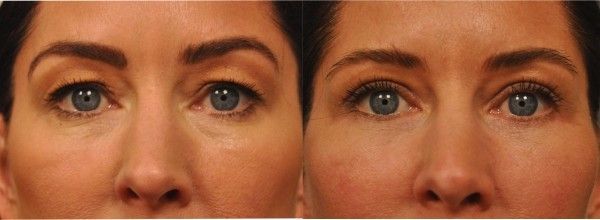The Blepharoplasty Procedure Described

Eyelid Surgery (Blepharoplasty) – San Diego
The focal point of our face is our eyes. The expression and appearance of the eyes convey our thoughts and emotions. Wrinkles around the eyelids, drooping upper lids, excess skin on the lower lids, and bags under the eyes are taken as signs of aging, stress, and fatigue. Most patients wanting a blepharoplasty are 35 or older. Age is not a deciding factor, however. Many patients have these conditions at a young age because the condition is genetic, rather than induced by aging. Some patients may seek eyelid surgery to alter the ethnic character of their eyes. Read also about Tear Trough Deformity and Asian Eyelid Surgery.

Procedure Description
Blepharoplasty or eyelid surgery usually takes one or two hours, depending on the extent of the surgery. In a typical procedure, the surgeon makes incisions in the natural lid creases of your upper lids, and just below the lashes in the lower lids. The incisions may extend into the crow’s feet or laugh lines at the outer corners of your eyes. Working through these incisions, your surgeon will remove excess fat, and trim any sagging skin and muscle. The incisions are then closed with very fine sutures. Eyelid surgery is usually performed under local anesthesia, which numbs the area around your eyes, along with oral or intravenous sedatives.
Many patients combine chemical peels, BOTOX ®, or a browlift with a blepharoplasty to eliminate crow’s feet and sagging eyebrows. The result of this combination yields the most dramatic results and creates a rested, alert, and pleasant look.
Your Recovery
You to keep your head elevated for several days, and to use cold compresses to reduce swelling and bruising. Your surgeon may recommend eye-drops to help with dryness, burning, or itching. For the first few weeks, you may also experience excessive tearing, sensitivity to light, and temporary changes in your eyesight, such as blurring or double vision.
You should be able to read or watch television after two or three days. However, you will not be able to wear contact lenses for about two weeks, and even then they may feel uncomfortable for a while. Most people feel ready to go out in public and back to work within ten days to two weeks.